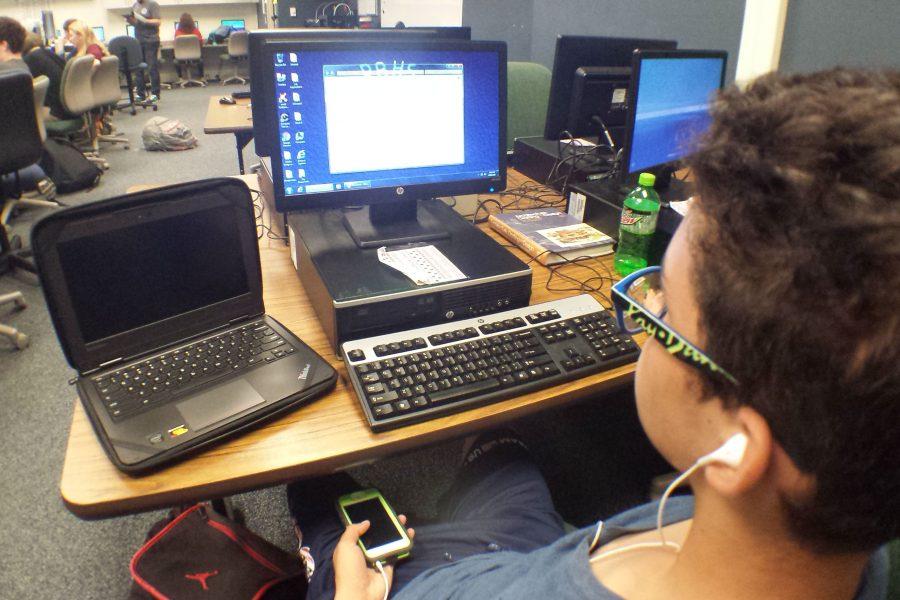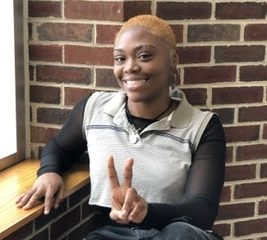The tool at our fingertips
October 11, 2016
Chromebook have revolutionized learning in the classroom. RB is now entering its second year of the one-to-one program. New programs are being introduced to help students do and organize homework like Schoology, Google Classroom and Screencasts. This was not always the case.
Laura Nickelson has been teaching since 1989 and has been teaching at RB since 1993. She recalls when her class would have to go down to the library to find information on for a project, only to go through a card catalog and find one or two applicable things.
Computer labs started to become more popular in schools during the mid to late 1990s due to the rise and accessibility in computer technology. These were some of the first instances of computers being used by students.
“All the teachers are trying jostle for computer lab time,” Nickelson said. “It was pretty difficult to get in if you wanted to spend any amount of time.”
With all the disadvantages to the computer labs, the internet stood out as an amazing advantage to Nickelson.
“Easy access to the internet allows kids to do in depth research and have more accurate, detailed material to look up,” Nickelson said.
With the emergence of computers used as a source of information, the one-to-one program was starting to become an option for the district to use, with research of the program starting earlier this decade.
“I think we’re in an awesome spot for our second year,” said Bridget Wilmot, Instructional Technology Coordinator at RB.
Wilmot’s job is to help teachers adjust to the new technologies in the classroom, as well as run technology meetings in the district.
“There’s this survey that the students and teachers took,” Wilmot said in referring to feedback of one-to-one. “There were five categories you could be at and the top two are exemplary and advanced…We were in that advanced category.”
Though it is flashy to have laptops in every student’s backpack that can answer any question, neither Wilmot nor Nickelson believes technology will be the end-all solution to classroom learning problems.
“Technology is just a tool that we use. It’s all about the teacher,” Wilmot said. “If they believe technology can enhance that lesson, then they use it.”
For whatever technology comes out to the public, if the teachers make a request of it, the district will try to invest in it. The English department recently requested a program called Turnitin, an internet plagiarism prevention service that assists students with essay writing.
“Technology is just a tool. The tool can be used properly but I’m not sure it always helps,” Nickelson said. “At the end of the day, students need to be responsible for their own learning and technology allows that to happen easily.”



